By the end of the week, nearly a dozen NATO warships will reportedly begin patrolling the Baltic Sea to protect undersea cables in the region from sabotage. In addition, a U.K.-led 10-member consortium of northern European nations called the Joint Expeditionary Force (JEF) has reactivated an AI-based system to track suspicious ships in these waters. The actions are in response to the suspected deliberate severing on Christmas Day of the Estlink 2 undersea power cable and four undersea communications cables between Finland and Estonia, which you can read more about in our story here.
The Christmas Day cable-breaking incidents are the latest in a series of such events in this strategically important region as tensions with Russia have mounted in the wake of its war on Ukraine. Finnish authorities say the Russian-linked Eagle S purposely dragged its anchor across the sea floor to break those cables. The ship was later found to be full of spy equipment. Finnish authorities detained the ship and its crew, which you can see in the following video.

About 10 warships from NATO’s Baltic Fleet as well as from individual member nations will be providing a presence to counter potential saboteurs, according to the Finnish Yie news outlet. They are expected to stay on station until April. Meanwhile, the Gulf of Finland, where the undersea cables were allegedly cut, will continue to be patrolled by Finnish and Estonian naval vessels, Yie explained.
NATO has a Standing Naval Maritime Group 1 (SNMG1), a fleet of warships prepared to respond to any threat around the clock. While the group primarily operates in the North and Baltic seas, it will be seen more frequently in the Baltic in the future — particularly due to incidents like the recent damage to the Estlink 2 cable, the Estonian ERR news outlet reported.
“If the Russians see that we are present there, the likelihood of such sabotage acts immediately decreases, because saboteurs can be caught in the act, and once caught, it’s much easier to deal with them,” Arjen Warnaar, commander of SNMG, told the publication.
As we noted after Estlink 2 was cut, NATO Secretary General Mark Rutte responded to a request by Finland and Estonia to help protect Estlink 1 by promising the alliance would “enhance” its presence in the Baltic Sea without offering any details.
NATO on Tuesday also declined to provide specifics about its naval presence in the region.
“We don’t discuss future operations nor do we discuss specific numbers of ships/assets employed in a given area of operations,” a NATO naval spokesman told The War Zone in response to our questions. “NATO has options and assets from many Allied nations. The Supreme Allied Commander Europe (SHAPE), in close coordination with Allied Joint Force Command Brunssum, Allied Maritime Command, and the involved nations are coordinating the employment of those options and assets.”
The spokesman added that “we’ve had persistent military presence in the Baltic Sea and that is something that will continue in full support of our Baltic allies. We will continue to work with our allies to determine options and assets to maintain an enduring military presence.”
In addition to NATO’s beefed-up naval presence in the Baltics, JEF last week activated Nordic Warden, “an advanced UK-led reaction system to track potential threats to undersea infrastructure and monitor the Russian shadow fleet, following reported damage to a major undersea cable in the Baltic Sea,” the U.K. Defense Ministry (MoD) said on Monday.
The system was set up to protect critical undersea infrastructure and “harnesses AI to assess data from a range of sources, including the Automatic Identification System (AIS) ships use to broadcast their position, to calculate the risk posed by each vessel entering areas of interest,” according to the MoD. “The JEF action reinforces existing and planned NATO responses.”
Specific vessels identified as being part of Russia’s shadow fleet of oil tankers “have been registered into the system so they can be closely monitored when approaching key areas of interest,” the MoD noted. “If a potential risk is assessed, the system will monitor the suspicious vessel in real-time and immediately send out a warning, which will be shared with JEF participant nations as well as NATO Allies.”
JEF is currently monitoring 22 areas of interest – “including parts of the English Channel, North Sea, Kattegat, and Baltic Sea” from its operational headquarters in Northwood, the MoD explained. The system involves ships, aircraft, and personnel from JEF participant nations operating from the North Atlantic Ocean to the Baltic Sea.
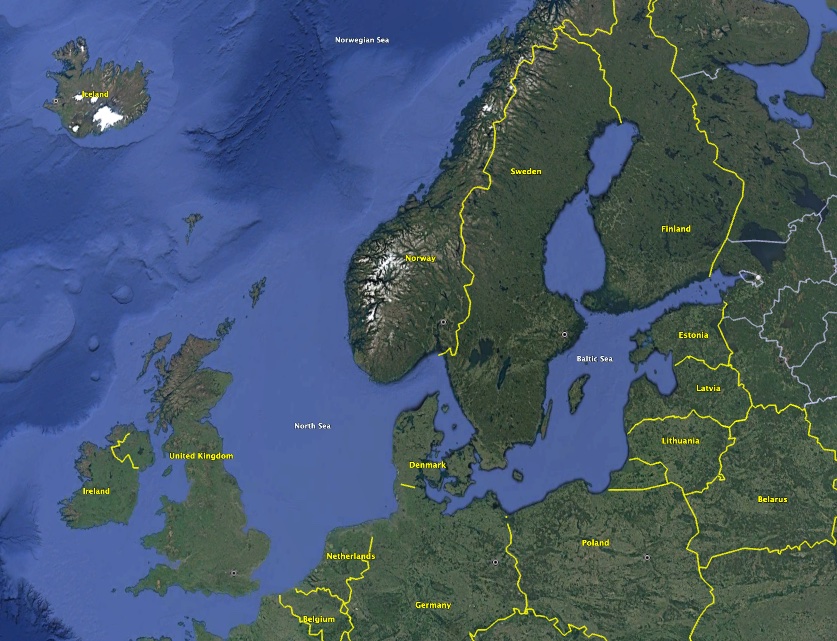
The Nordic Warden system had an initial test run last summer and again in the fall during JEF’s Exercise Joint Protector, which saw more than 300 UK personnel deploy to Latvia to demonstrate the ability of the U.K. to deploy its operational headquarters for JEF abroad at short notice.
“Harnessing the power of AI, this UK-led system is a major innovation which allows us the unprecedented ability to monitor large areas of the sea with a comparatively small number of resources, helping us stay secure at home and strong abroad,” U.K. Defense Secretary John Healey stated on Monday.
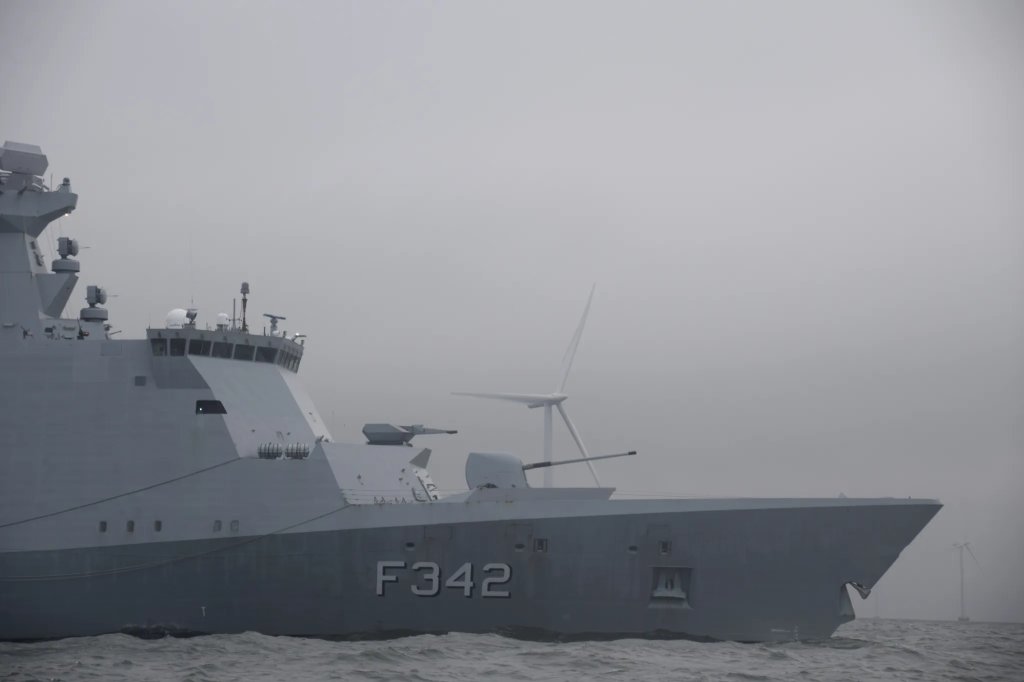
In addition to Nordic Warden, the Gulf of Finland has had a ship reporting system in place, known as GOFREP, for the past 15 years, according to ERR.
“Under this system, every ship entering the Gulf must report its destination and their movements are closely monitored. If a vessel deviates from its route, it may be stopped,” according to the publication. “Surveillance of the Gulf of Finland is so thorough that even if a ship switches off all its identification systems, it will still appear on radar. Authorities pay special attention to ships that attempt to navigate ‘blind’ without transmitting identification signals.”
The Estlink incident is one of many involving suspected Russian and Chinese attacks on undersea infrastructure. Last week, the Chinese-owned vessel Shunxin-39 was suspected of severing an undersea cable off the Taiwanese coast, according to authorities on the island. Taiwan’s coast guard requested that the cargo ship return to shore for an investigation, but it eventually continued its passage.
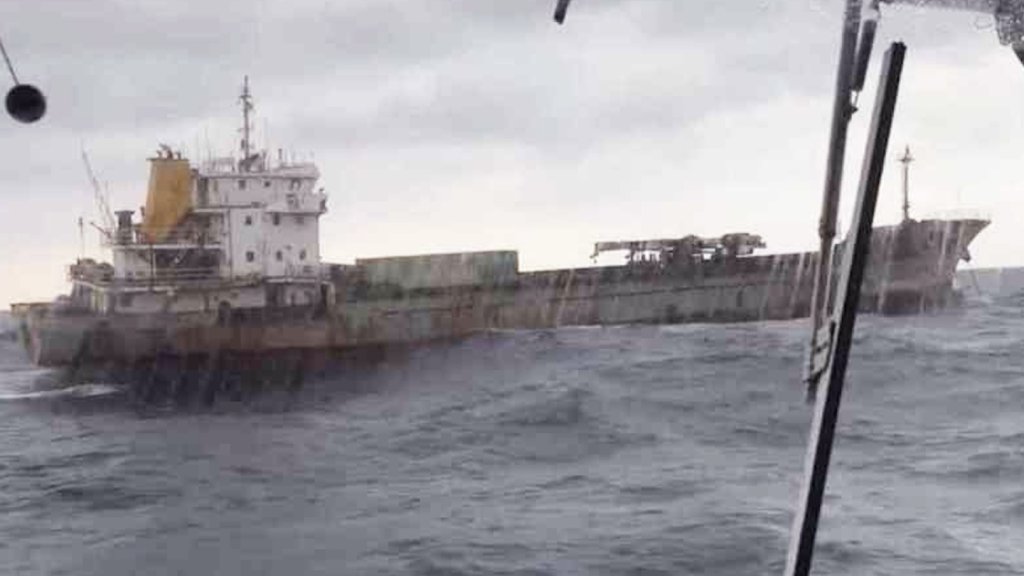
In November, Germany said damage to two communication cables running under the Baltic Sea was most likely the result of sabotage. The two cables in question are both fiber-optic communication cables, running along the Baltic seabed. One of these runs between the Swedish island of Gotland and Lithuania, and the other between Finland and Germany. Gotland is about 280 miles southwest of where the Estlink 2 cable was severed.
A day later, Denmark confirmed it was monitoring a Chinese cargo vessel at the center of allegations surrounding that damage. The 735-foot-long Yi Peng 3 was identified as operating near the cables when the incidents occurred. The Chinese vessel had departed the Russian port of Ust-Luga, in the Leningrad region, close to the Estonian border, on Nov. 15 and had been scheduled to sail to Port Said, Egypt, where it was originally due to arrive on Dec. 3.
Based on publicly available ship-tracking data, the Yi Peng 3 appears to have passed overhead both of the cables around the same time incidents of damage were first reported.
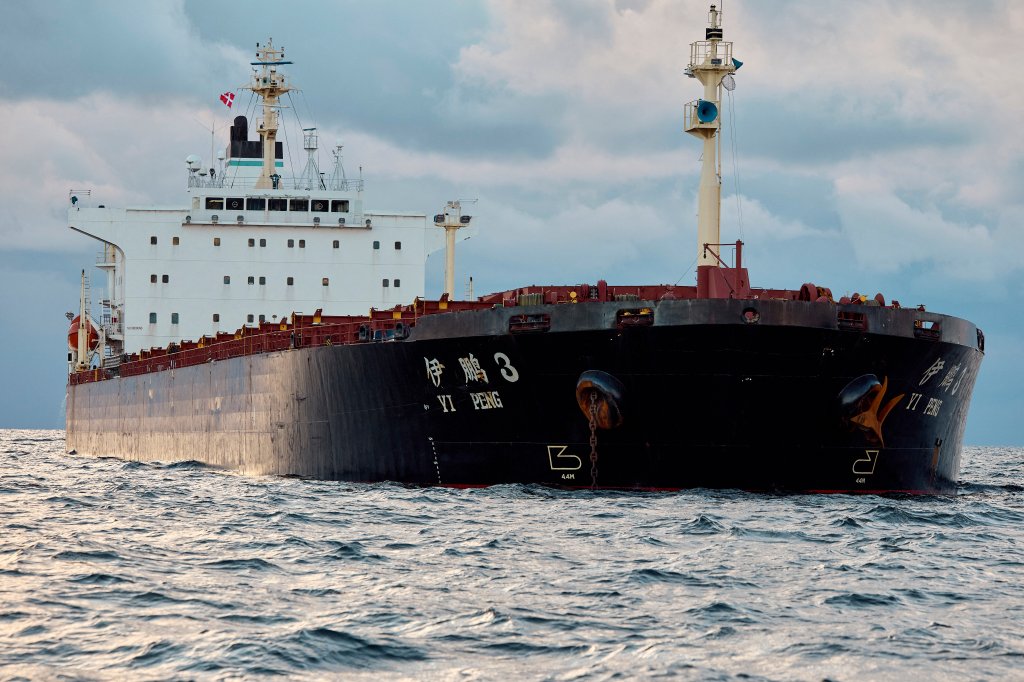
Other suspicious activities have taken place in the Baltic Sea, including suspected sabotage.
The most notorious of these was a series of explosions along the Nord Stream gas pipelines in 2022. The cause is still being investigated by German authorities, however, The Wall Street Journal reported in August that it was a Ukrainian sabotage operation. Ukrainian officials denied that accusation.
Outside of the Baltic, there have been other incidents of reported sabotage of critical communications cables, including one associated with Evenes Air Station in northern Norway, which happened in April but was only disclosed in August, as TWZ reported at the time. Norway has encountered other suspicious incidents, notably the cutting of a vital undersea cable connecting Svalbard to mainland Norway in 2022.
As NATO nations react to the cable cut, Finland continues its investigation into Eagle S, a 750-foot-long, Cook Island-flagged tanker carrying Russian oil.
The ship’s anchor was found next to drag marks near where Estlink 2 was severed, according to the Yie news outlet. The Swedish Navy’s HMS Belos lifted the anchor from the seabed.
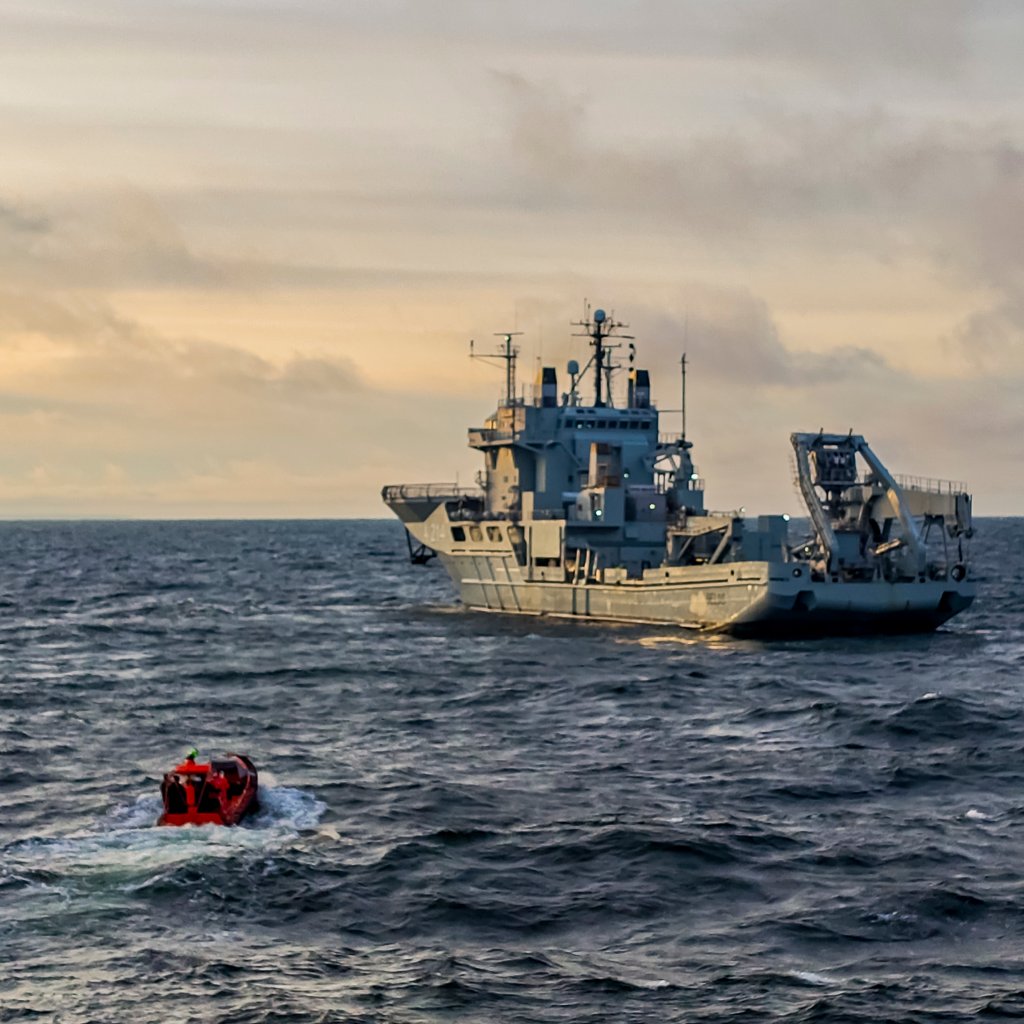
“A drag mark several tens of kilometers long has been found following the anchor,” the general director of the investigation, Chief Inspector of Criminal Investigations Risto Lohi, said in a statement. “The anchor was found on the route taken by the Eagle S, near Porkkalanniemi.”
Fixing Estlink 2 is likely to take several months. On Monday, Finnish officials announced that two of the four telecom cables that had been cut were repaired.
The status of additional NATO naval presence in the Baltics to protect the region’s undersea infrastructure should come into clearer focus next week.
“I would suspect NATO and national responses to such destabilizing actions will be discussed during next week’s Allied Chiefs of Defence Meeting with Partners in Brussels,” SHAPE spokesman Army Col. Martin L. O’Donnell told The War Zone on Tuesday. “After all, the first session will see Gen. [Christopher G.] Cavoli [Supreme Allied Commander Europe] brief the Chiefs of Defense on NATO’s readiness to deter and defend the Euro-Atlantic area and to safeguard the region’s one billion inhabitants.”
Contact the author: howard@thewarzone.com
